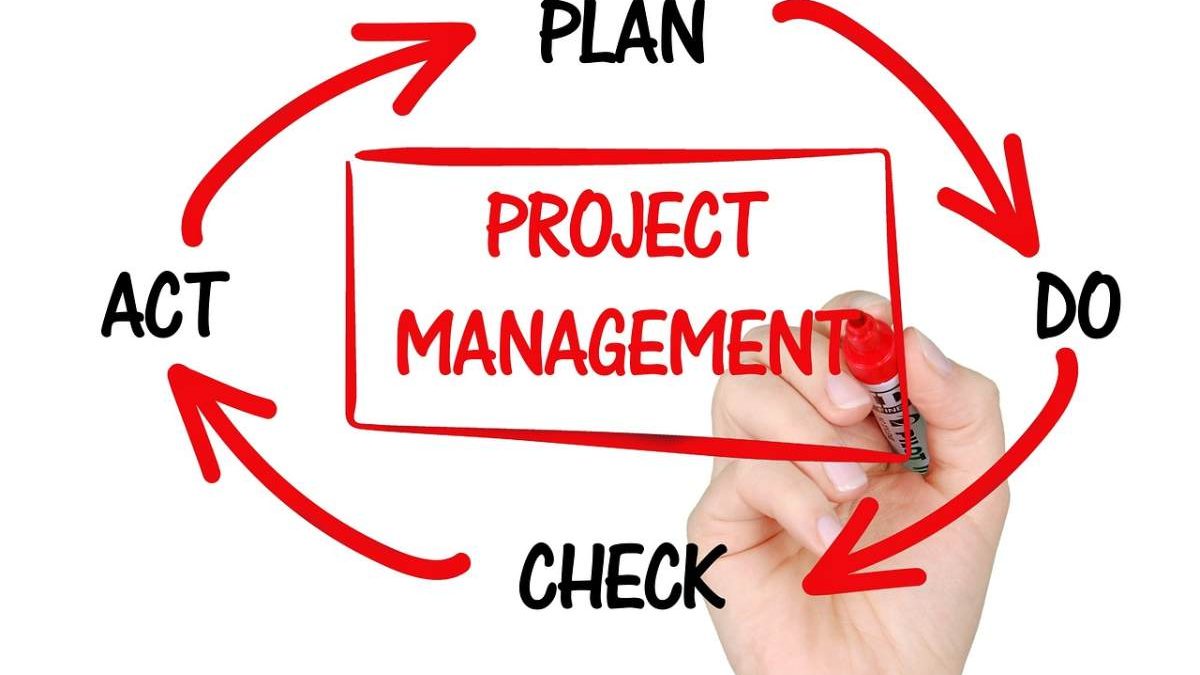Effective project planning requires having the right documents in place to guide the project team and stakeholders. Here are some of the most essential documents for successful project planning.
Table of Contents
Project Charter
The project charter formally authorizes the project and outlines its objectives, scope, stakeholders, and overall vision. It defines the business need the project aims to address and the justification for undertaking it. The charter names the project manager and sponsor, outlines their authority, and lists the main risks and assumptions. This document aligns the team on the purpose of the project and serves as their north star as work gets underway.
Project Plan
The project plan expands on the charter to map out how the team will execute the project. It includes a detailed project schedule with major milestones, resource requirements, budget estimates, and success metrics. The plan identifies project risks along with mitigation strategies and outlines the change management process. It serves as the master document guiding all project work. The project manager updates it regularly to reflect any changes as the project progresses.
Requirements Document
The requirements document captures the business, functional, and technical requirements for the project deliverables. It details specifications from various stakeholders translated into clear, measurable requirements. Accurate and complete requirements are essential for guiding development and testing. They help ensure the end product fulfills the intended purpose. The requirements serve as the standard against which the project team and sponsors measure success.
Communication Plan
This plan defines the strategy for informing and engaging stakeholders throughout the project lifecycle. It identifies key stakeholders, their interests, expected involvement, and preferred communication channels. The plan sets expectations for report formats, meeting cadences, and frequency of communications. It promotes stakeholder alignment through timely, tailored messaging. Following a communication plan prevents stakeholders from feeling out of the loop.
Flow Charts
Flow charts use diagrams to depict the sequence of steps in a process, workflow, or algorithm, and you can imagine projects better by using a flowchart template. They provide a visual representation of the way work gets done. In project planning, flow charts help map out the order of tasks, handoff points, and dependencies. They bring complex processes to life in an easily understandable visual format. Flow charts encourage alignment around process workflows and are useful for documenting current state processes as well as planning for future state workflow enhancements.
Risk Register – Essential Documents
The risk register logs all identified project risks and tracks them to resolution. It outlines risk probability, impact, triggers, and mitigation tactics for each one. The register helps quantify threats to the project timeline, budget, or deliverables. It promotes proactive risk management, raising awareness of hazards so the team can monitor and respond effectively.
Thoughtfully crafted project planning documents set a course for project success. They align stakeholders and equip the team with a shared understanding of the goals, approach, roles, and processes essential to steering the project effectively. Key documents provide the foundation for a well-run project that comes in on time and within budget. Investing time in project planning upfront pays dividends throughout the initiative and ensures the end product hits the mark.

